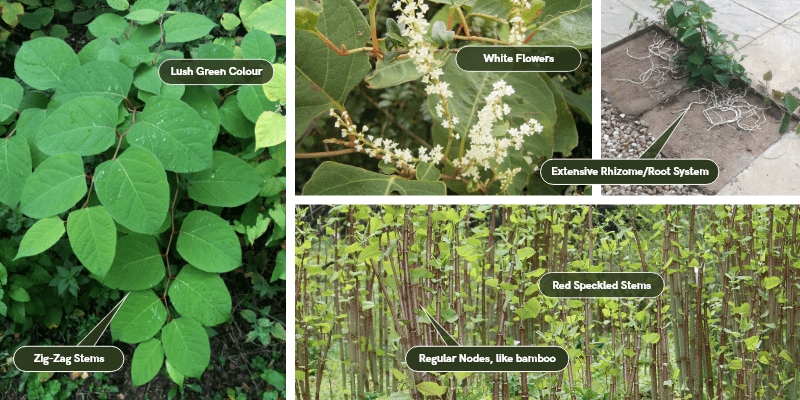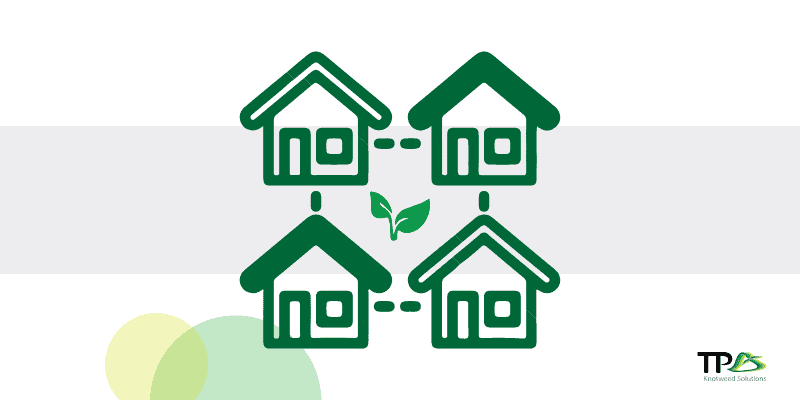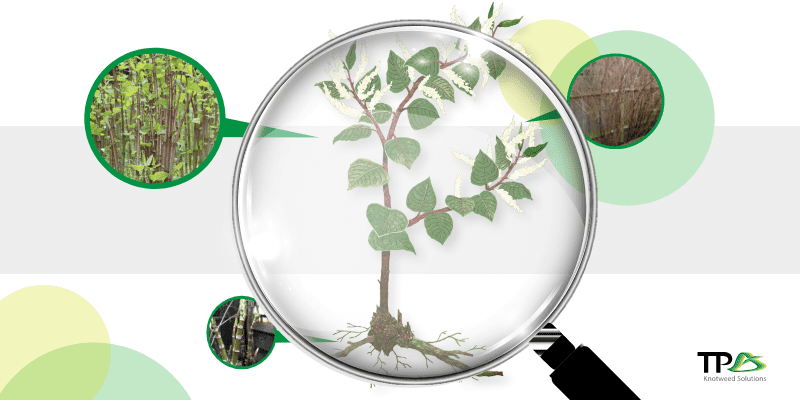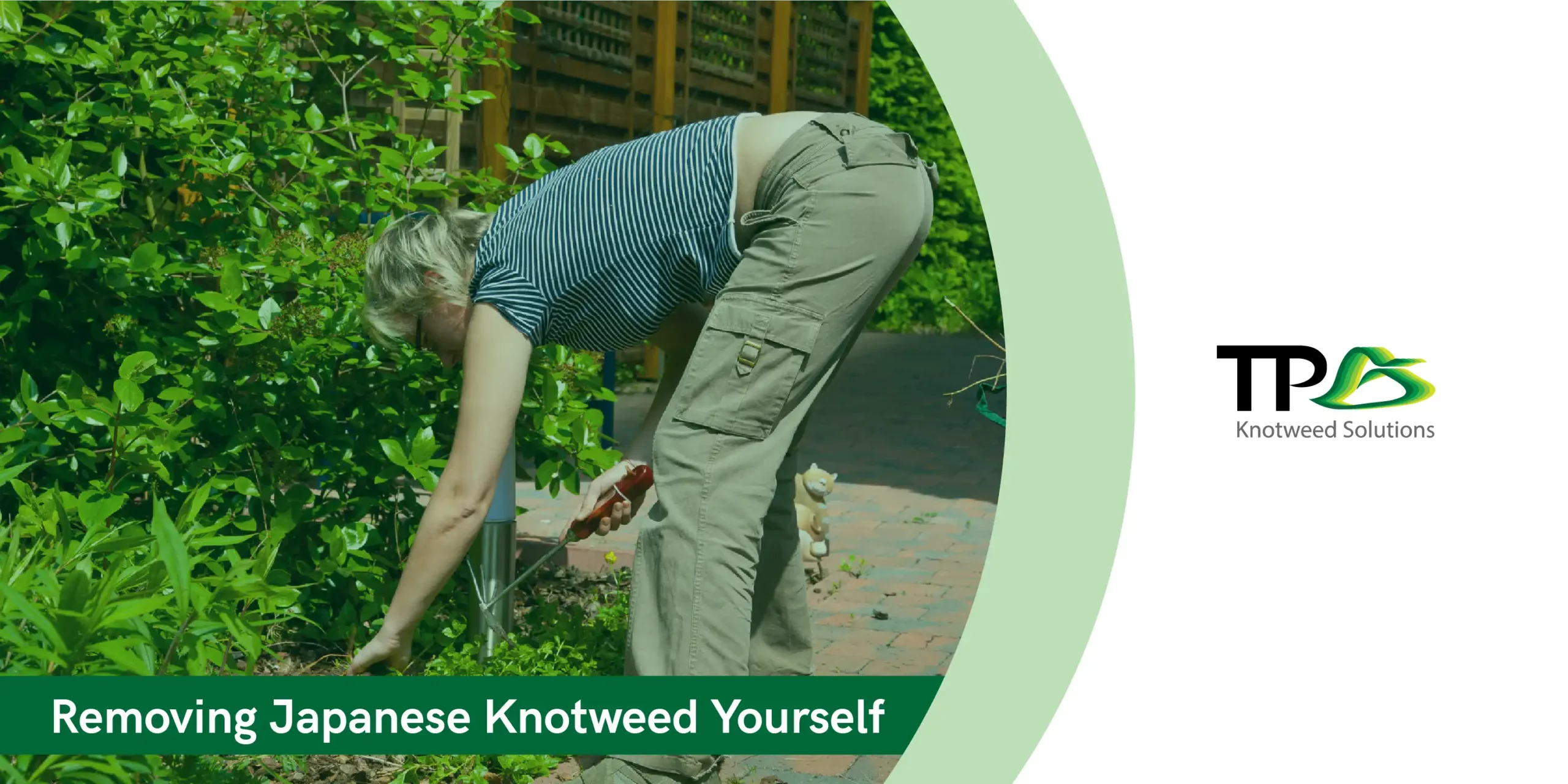Japanese Knotweed has been found throughout many areas in the UK. The invasive plant has a prolific ability to cause serious structural damage, lowering property values and detering mortgage lenders.
This may spark important questions like, “What actions should I take if Japanese Knotweed is found on my property?” “How can I ensure that any property I purchase is unaffected?” Here are some useful “do’s” and “do knots” to make sure you understand how to deal with this bothersome intruder.
Why is Japanese Knotweed a concern
Japanese Knotweed is a species native to Japan, and was brought to the UK in approximately 1850. It was particularly well-liked at the time because of its quick and facile growth, which made it simple to sell to eager gardeners. It swiftly began to colonise the banks of rivers, roads, and railway tracks as it spread on its own.
The plant was allowed to flourish unabated for more than a century until it was identified as an invasive species in 1981.
Today, it is widely acknowledged that Japanese Knotweed poses a serious threat to the nation. Between April and October, it can grow up to 10 cm per day and spread quickly, with roots that can grow as deep as three metres and as wide as seven metres. It harms infrastructure significantly and is powerful enough to crack through faults in concrete, causing an estimated £170 million in annual house repairs. The government estimates that it would cost £2.6 billion to fully eradicate the plant throughout the UK.
How to tell Japanese Knotweed apart

Japanese Knotweed can be extremely difficult to identify, and can be mistaken for some other plant commonly found in the UK. It can be identified by several characteristics, including its appearance, growth pattern, and the environment in which it grows. Here are some tips on how to tell Japanese Knotweed apart:
Appearance: Japanese Knotweed has hollow, bamboo-like stems that are usually green or reddish-brown in colour. Its leaves are large, heart-shaped, and arranged in a zig-zag pattern along the stem. The flowers are small, white or cream-coloured, and grow in clusters at the tips of the stems.
Growth pattern: Japanese Knotweed grows quickly and aggressively, often forming dense thickets that can be several feet tall. Its roots can extend deep into the soil, making it difficult to control and eradicate.
Environment: Japanese Knotweed is commonly found in disturbed areas such as roadsides, construction sites, and abandoned lots. It also grows near bodies of water, including rivers, streams, and ponds.
What to do if you find Japanese Knotweed
“Do Knot”, attempt to treat this on your own. Although your instinct may tell you to cut it down, Japanese Knotweed must be treated at the root. If you do cut it, you risk causing further spreading, and breaking the rigorous rules that govern how to dispose of Knotweed.
Seek expert assistance on how to get rid of it. Any corrective work must be carried out by a qualified professional. Make sure any action is supported by a suitable insurance-backed guarantee, which must benefit the property’s present and future owners as well as any lenders. Most lenders would be willing to grant mortgages if those actions have been implemented.
What to do if you have Japanese Knotweed, and you intend on selling your property?
To be sure you are not misrepresenting the land, you must disclose to the buyer that there is Japanese Knotweed on your property. The buyer’s lawyer will typically ask the seller for a TA6 property form in real estate transactions.
The 14 sections of the TA6 property information form address the property’s condition, any legal matters it might be facing, and whether or not Japanese Knotweed has affected it. Japanese Knotweed is related to the following question:
Is Japanese Knotweed present on the property?
There are three options: Yes, No, or Not Known. The instructions for these comments underline that you should only choose “No” if you are certain that the property is free of Japanese Knotweed. You run the risk of being held accountable for misrepresenting the property if it is discovered that you misled on this form.
What to do if a neighbour has Japanese Knotweed?

“Do Knot”, take legal action before informing your neighbour of the problem. It’s possible that they are unaware of the infestation. If they are apprehensive, encourage them by outlining the potential damage it could do to their property.
Although it is lawful to cultivate Japanese Knotweed on your property, removal measures should be taken, as the plant poses a hazard to surrounding land.
A law went into effect in 2014 that allows local governments to punish persons for not doing enough to eliminate Japanese Knotweed.
Reporting Japanese Knotweed
You should notify a certified expert if you find Japanese Knotweed on your property, or your local council if in any public area.
You should notify your landlord if you discover Japanese Knotweed while renting a property. Be as detailed as possible when describing the size, location, and, if appropriate, the presence of any images of the infestation.
To avoid further damage and repercussions, book a thorough Japanese Knotweed Survey from knowledgeable professionals in order to determine the most effective treatment and removal for your case of Japanese Knotweed.




